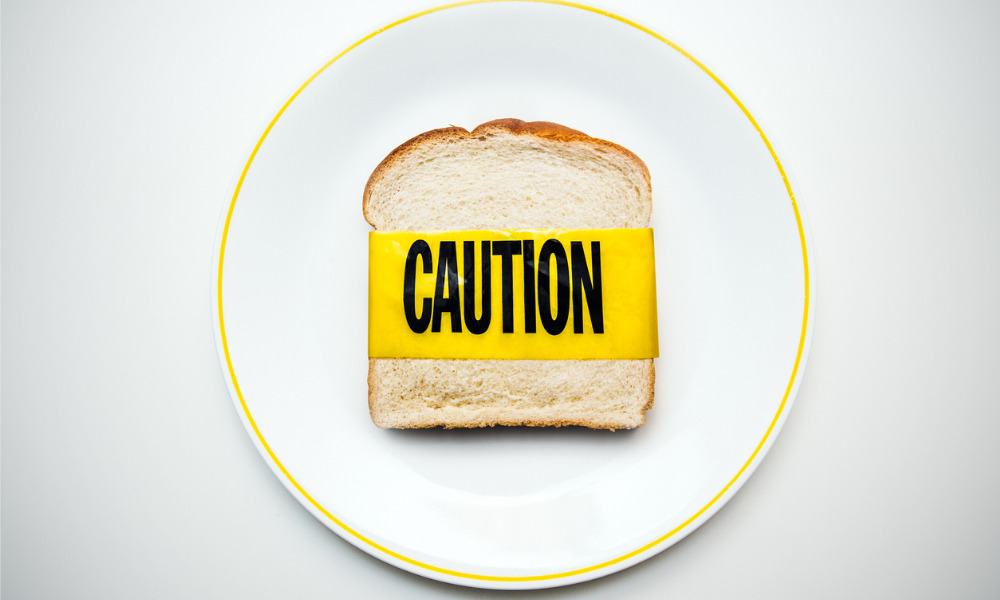An expert weighs in on how to approach food safety amid pandemic recovery

As we start figuring out what the “new normal” is amid COVID-19 recovery, food safety and manufacturing remains a huge concern for North Americans. Multiple recent reports on COVID-19 outbreaks in meat plants throughout US and Canada have sparked concerns about food safety on behalf of employers, retailers and consumers.
Ebrahim Noroozi, food scientist and occupational health and safety specialist with McGill’s Department of Food Science and Agricultural Chemistry, shared his findings with COS:
“While the Centers for Disease Control and Prevention (CDC) in US has not found evidence that COVID-19 has been transmitted through meat or poultry, public health officials have said that coronavirus strains can live at low and freezing temperatures and on food packaging. And so much about the risks of COVID-19 are uncertain and evolving that companies need to be on their toes.”
In his research, Noroozi explains that there is a danger if such plants stay in operation without enough workers. Indeed, he says, there’s a greater risk for other types of food contamination outside of COVID-19 worries including E. coli and salmonella. With regards to US, he says:
“While the Food and Drug Administration has reduced the number of inspections during the outbreak, that doesn’t limit the criminal liability of executives if tainted food reaches a consumer.”
Updated manufacturing guidelines
Recently, the Canadian government released guidelines for manufacturers, including those operating in the food sector, on best practices for how to prevent and/or limit the spread of COVID-19 in workers in these environments.
Canadian Manufacturers and Exporters (CME) have made a series of resources available online: these resources include PPE best practices in the manufacturing workplace, employee re-integration for groups of 10 or more, guidelines for workers’ psychological health and safety as well as continuity planning for Canadian businesses.
Concurrently, the Ontario provincial government recently published guidelines for employers and workers in the manufacturing sector on how to safely return to work. This includes guidelines for operators, engineers, cleaners, shippers, etc. These guidelines are similar to those recommended in other sectors and include how to protect employers and workers (increase hand sanitizing, stay at home if you are sick, etc.); physical distancing (add floor markings for clarity, stagger start times, shifts, breaks, etc.); workplace sanitization (post hygiene instructions in appropriate language, increase cleaning of commonly touched surfaces, etc.); adjust onsite and production schedules; and tracking your workforce and reporting illness. If followed, these guidelines should help manufacturers with limiting and preventing the spread of COVID-19 in the workplace.
Similar recommendations have been shared by CDC in US.
Food production and distribution safety
Regarding measures taken by the agri-food industry to avoid contamination in production and distribution, Noroozi says: “Strict hygiene rules already govern the production of food and their implementation is subject to official controls which all food businesses must apply. The hygiene controls to be implemented by food business operators are designed to prevent the contamination of the food by any pathogens, and will therefore also aim at preventing contamination of the food by the virus responsible for COVID-19.”
He adds that “regular training actions in food businesses on all these requirements are mandatory so that people working in the food industry know how to work hygienically.” Noroozi shares various recommendations for those in the sector. These good hygiene practices include:
- Cleaning and, where appropriate, disinfection of food producing facilities and equipment between production lots.
- Avoidance of cross-contamination between categories of food and food at different stages of the process (e.g. raw versus cooked food).
- Being aware of personal hygiene such as washing and disinfecting hands.
- Wearing gloves and masks where required.
- Using dedicated hygienic clothes and shoes, or staying at home.
- Staying away from work whenever feeling ill.
“Furthermore, in the present context,” he says, “food businesses should limit their external contacts to the absolute necessary, for example with suppliers or trucks while keeping distance from the drivers.”
Future concerns for food safety
As mentioned before, though COVID-19 is currently a huge concern for manufacturers (and consumers), and will continue to be for the next few months, there are other issues pertaining to food safety that are important. Furthermore, what of future bacterial or viral scares?
And as individuals and businesses start to look at what the “new normal” will be like post-pandemic, to what extent will these current guidelines continue to be applied? Will they lead to further updated legislation? These are questions being in asked in multiple industries, including the construction industry as illustrated by a recent article by COS.
What we know is that the recent pandemic has shone a light on deficiencies in our current food safety processes in US and Canada, and that these new guidelines are an important step forward in ensuring that the production and distribution chain is safer, from farm (or factory) to table.





